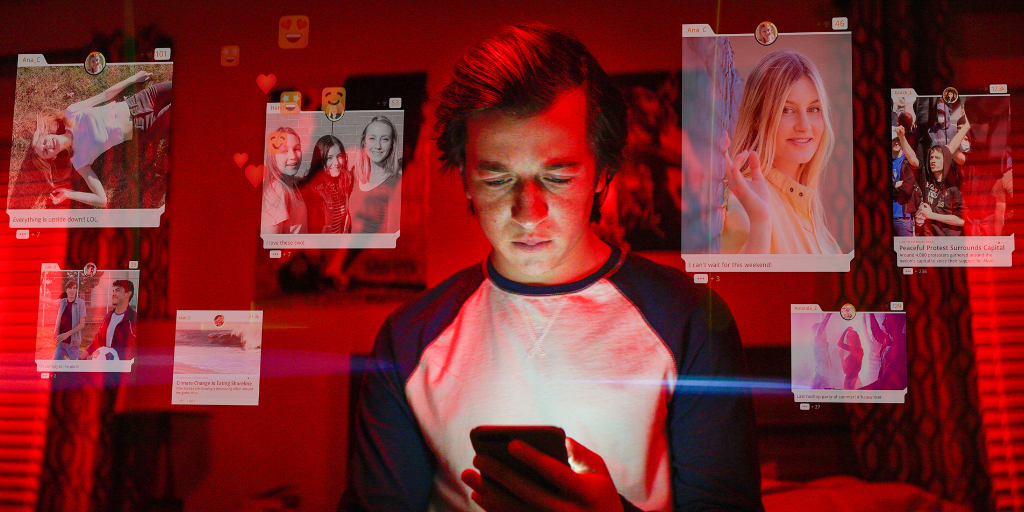
Sr. Nancy Usselmann, FSP, applies media literacy principles to a film that critiques social media itself.
There is much internet buzz about Netflix’s The Social Dilemma ever since it was released early September 2020. Jeff Orlowski’s documentary film addresses the addictions and psychological effects social media has on us human beings and how the tech industry creates features to increase our attention while monetizing us to be bought and sold as commodities to advertisers. As a media literacy educator, I apply media literacy principles to everything I watch, hear or engage with in the media, even to this film that critiques the media itself. After all, this too is a constructed message with embedded values and points of view.
The film brings together a slew of former tech executives and communications experts to reflect on what digital technology has done to us, specifically social media, and becomes a critique of the tech giants, such as Facebook, Google, YouTube, Twitter, and Instagram. The early inventors were mostly white males in their 20s trying to create something new and exciting. Now that they are in their 30s and 40s with families of their own, they reflect back on what they did and where those inventions have led human beings and society as a whole. These amazing tools have offered us wonderful opportunities and have connected people from all around the world through instant connectivity and provided “meaningful systemic changes,” as the film points out.
Each of us can reflect on the amazing gifts these technologies are for us and the opportunities they have opened up for global communications. However, was everyone just naïve about the flipside of the creation of these digital platforms? Did no one truly consider the human factor in all of this, that is, the very real human struggle with good and evil? As a construct, is this film raising awareness or inciting fear? I believe we need media mindfulness even with this film that critiques social media.
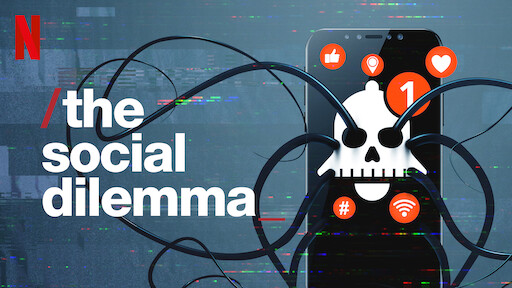
There’s so much about this film that is informative and enlightening, but it also makes some significant assumptions about how to fix a problem these very individuals helped to create. I want to reflect on just these three main points of the film adding my commentary under each heading, along with a critique of the film's conclusions and solutions.
Social Media and Mental Health
Health experts have long been saying that digital media technology has adverse effects on people when used to excess or with lack of insight and judgment. The film talks about Snapchat dysmorphia, a real mental health diagnosis for someone who borders on the obsessive-compulsive spectrum in an attempt to look exactly like their altered selfie filters on Snapchat, and raises concerns that this platform caters specifically to tweens and teens. The depression rate and mental health issues related to body image have exponentially increased in young women with the development of these social platforms. This is a very real societal problem for which parents and teachers need to be aware.
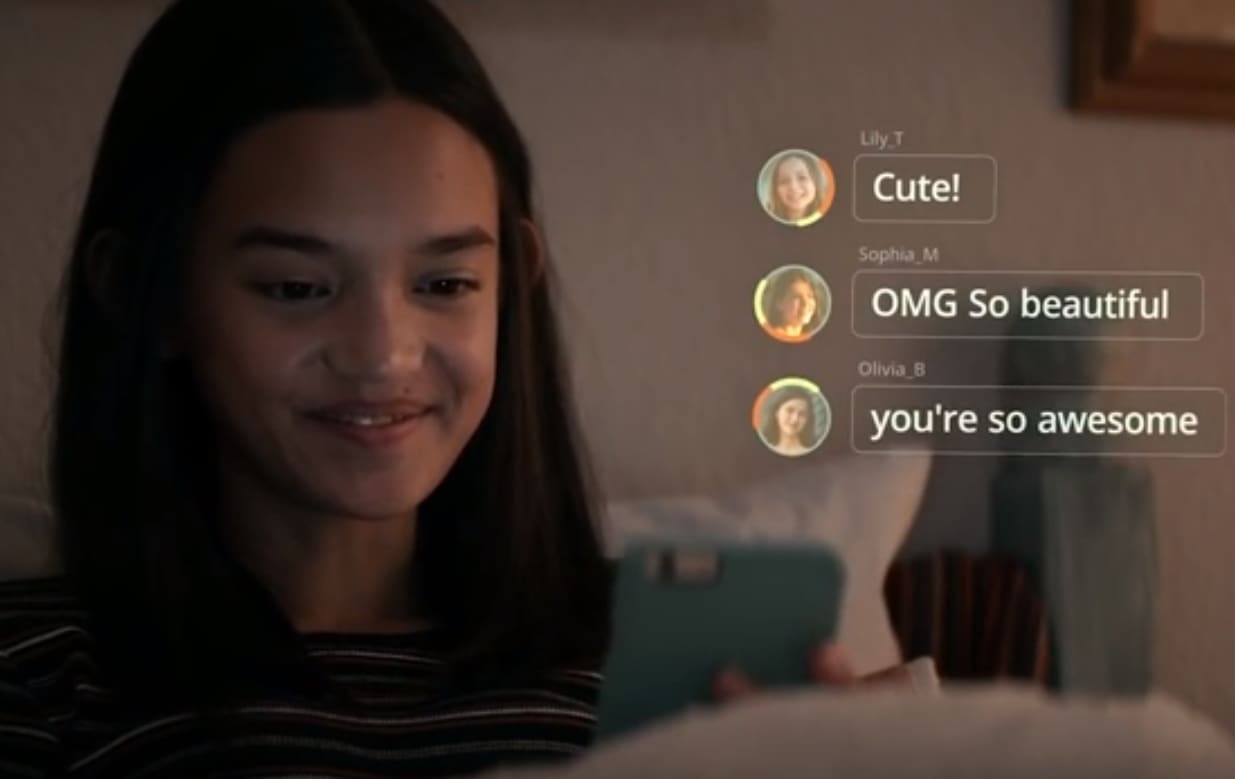
Influence, not direct cause
Not only are young women susceptible to this addictive behavior that can lead to depression, but a good swath of our society can feel overwhelmed at any point in time by the sheer amount of information and expectation that these social platforms create. However, the film, in its own construction of a message, cuts to Tim Kendall, former president of Pinterest and former Facebook executive, who reflects on the issue of depression and suicides related to social media usage by saying that it’s “causing people to kill themselves.” First of all, this statement is incorrect and incomplete. No scientist or psychologist has been able to scientifically prove any direct cause-and-effect correlation from social media usage to suicide. This does not mean that it is not a factor or even plays a significant role in a person’s mental state. Social media can influence people both positively and negatively, however, it is not a direct cause of a suicide. All mental health professionals are careful to use the word influence for this very reason. For the filmmakers to use Kendall’s quote out of context only adds to the fear and very misinformation that they are trying to raise awareness about!
Other films have been addressing the mental health issue of social media in creative ways, such as the films Screened Out (2020), a documentary by a Canadian filmmaker who focuses on what social media does for himself and his family and how parents and teachers can help young people find support and balance in the face of addiction. Feature films provide narratives that bring out the issues surrounding social media, such as in Searching (2018) that shows a man looking for his daughter who goes missing by tracing her virtual steps. Or the film Ingrid Goes West (2017), a quirky story about a woman who stalks her favorite social media influencer wanting to be like her, while passing herself off as someone in that same celebrity class. It delves into the absurdities of influencer life and those who obsess over them. These films help to address the influence of social media while giving us pause to reflect deeply on what it is doing to us personally.
Monetization of our Attention
The Social Dilemma’s core message centers on the business model of Silicon Valley tech companies, which is the competing for our attention and keeping people engaged on their screen for as long as possible. The longer we engage, the more money they make. As the film points out, we, human beings, are the product and our attentions are being bought and sold. Basically, in this capitalist world, these companies race to gather as much information about their users so they can make algorithms that create predictions about our interests and habits. To make money, they say, you need predictions and predictions need a lot of data. Everything we do online is traced, thereby accumulating an unprecedented amount of data about each of us. In order to get that information, they need us to remain on our screens longer and longer.
One tech executive said that when they were developing these platforms they actually considered how to use psychology to persuade people and build that into the very technology. It’s manipulation, they say, or positive intermittent reinforcement, similar to playing the slots in Las Vegas. The purpose of design tech is to reprogram us and we don’t realize it. “We’re all lab rats,” says Sandy Parakilas, former Facebook Operations Manager, “not like we’re developing a cure for cancer … it’s not like their trying to benefit us.” But, instead, it becomes about them making money.
Manipulation vs Free will
Jaron Lanier, the founding father of virtual reality, says, “We’ve created an entire generation of people who were raised within the context where the very means of communication, the very meaning of culture, is manipulation.” Tristan Harris, the former Design Ethicist for Google and co-founder of the Center for Humane Technology, comments that tech companies, “moved away from having tools-based technology environment to an addiction and manipulation-based technology environment. ... Social media isn’t a tool that’s just waiting to be used. It has its own goals and it has its own means of pursuing them by using your own psychology against you.”
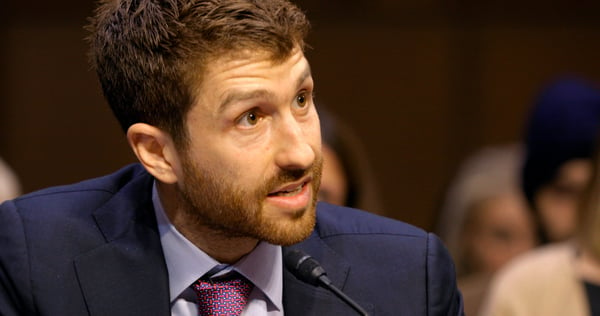
Are we all really that easily manipulated? Is there any understanding here of free will? I do agree that using psychological reinforcement is a powerfully subtle way of getting someone to do what we want them to do. Yet, anyone with a little bit of self-awareness can detect the persuasiveness and freely choose to act as they wish. We are human beings with this gift of free will, that can never be taken from us. The film doesn’t address this.
Traditional media have been vying for our attention for decades. But perhaps the difference between advertising from traditional media and social media is that the human factor is missing. In other words, we can easily choose to not pay attention to a billboard ad, but when algorithms are developed to trace our patterns of behavior online and put before us what the computer chooses for us to see, then the human qualities of truth, morals, and ethics are removed from the equation. A computer cannot think and reason as a human being, and so these elements don’t factor into the advertising schemes online. Ironic that this show is on Netflix, who precisely shows you the next series to watch!
Misinformation in a Democracy
From a media literacy point of view, this film has its own biases and dramatic moments to persuade you to believe what the filmmakers want you to believe. Though much of the information shared is enlightening, it too adds to the misinformation that it is trying to show comes from the tech industry. At the very beginning of the film when the question is asked of these former social media executives, “So, what’s the problem?” there are long pauses edited in to make it seem like they don’t know how to answer that question. In fact, the film goes on to do so, but the question is really multi-faceted, one for which a simple answer does not suffice. The dramatic pause adds to the fear and intensity that is of itself manipulative and misinforming.
The film goes on to say that AI (artificial intelligence) basically already runs daily activities in the world. When tech companies use algorithms to program their computers, they are doing so as a way to seek profit. AI is developed for three factors: engagement, growth, and revenue. These are weirdly represented by the three of the same guy in the control room working to manipulate our feelings, emotions, and actions. This is how everything in our news feed follows what we have viewed or read in the past. So, we may get a false sense, the film says, that everyone is agreeing with us. We are presented with only one set of facts or opinions according to the algorithms created by a few people. This is how polarization happens. We get certain information about those who disagree with us and it destabilizes and erodes our societies. It’s basically AI gone awry.
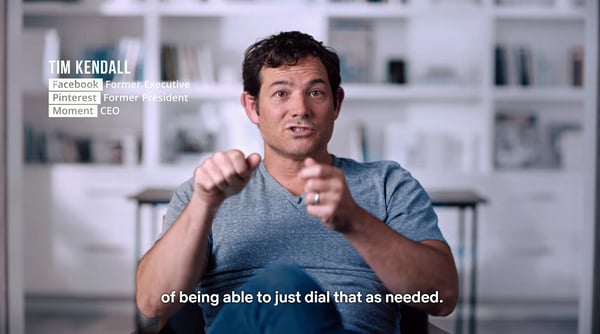
In this climate, the film states, democracy is for sale. When third parties use the tools for nefarious purposes, such as a foreign power interfering in democratic elections, it sows chaos in society to the point where we don’t want to hear each other or trust each other. Tribalism tears the country apart and we each follow our own facts, simply because a few people in Silicon Valley created algorithms that have multiplied the effects exponentially.
Whose point of view?
Algorithms are not objective with regard to worldviews and political opinions. We receive the opinion of the algorithm creators who influence society and the world. What the film doesn’t address is that these tech companies’ service agreements heavily emphasize the biases of those in charge. One of the points of media literacy is that all media present the values and points of view of the creators. So, the worldview of politics, society, and religion are those of young men, mostly white, in their 20s and 30s. They are the creators of the algorithms. One of the few women interviewed in the film, mathematician Cathy O’Neil, offered an insightful comment about this when she said, “Algorithms are opinions embedded in code. Algorithms are not objective; they are optimized to some definition of success.” Often these opinions avoid diversity of political and philosophical thought and acceptable speech then is determined by tech executives.
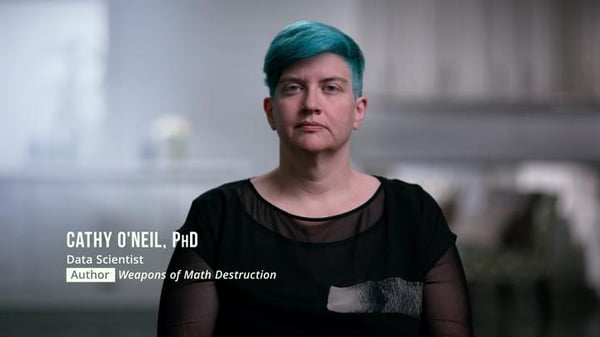
What is truth?
With the spread of misinformation and algorithms created to manipulate the information we see and hear, we may wonder, like Pontius Pilate when he met Jesus, “What is truth?” One thing is for sure. Google is not truth itself! There is a natural law that all human being possess — rules intrinsic to our very being which govern our reason and behavior. This is the foundation for seeking the truth, something this film does not come close to even mentioning. But, when Facebook, Twitter, and YouTube become the arbiters of truth by policing free speech and deleting differing points of view from their platforms, then they remove the power of society to openly discuss important ideas from multiple perspectives.
So, now what?
What the film lacks are real solutions to these problems that these tech executives helped to create. The only thing they keep saying is that human beings can change these technologies since we built them and so have a responsibility to change them. But who will do that? The agenda at the end of the film leans heavily toward regulation. Government regulation of industries never comes without repercussions. Just look at the public works industries who push regulation costs more and more onto the customers. Do we really want Facebook, Google, and Twitter to solve this problem that they created?
The film takes on an apocalyptic-type warning and has us consider if this is the end of society as we know it. Have we entered into the dystopian future so many novelists write about? The former executive of Twitter, Jeff Seibert, says, “We are heading to dystopia and need a miracle to get us out of it — that miracle is collective will.” As I was watching, I just kept thinking, thank God I believe in God! But, in a secular humanist’s worldview, only human beings are all-powerful, so it remains with us flawed human beings to fix this problem who ironically got ourselves into this mess. God must have so much patience with us!"
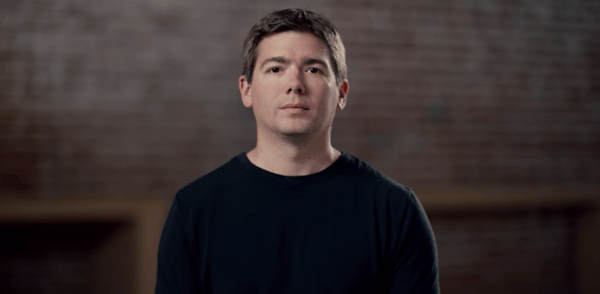
Solutions
The film tries to say that we are the ones who will change this problem. The solutions offered at the end are the following suggestions:
- turn off notifications on your phone
- fact check before you share
- seek out different points of view
- don’t accept recommendations
And specific family rules:
- all devices out of bedrooms at a certain time
- no social media before high school
- work out a time budget with regard to social media
These are good and follow media literacy principles; however, there is a desperate need in society for an increase of self-awareness and discernment, modes of behavior that take practice and discipline, something the film never mentions.
We discipline our bodies for sports; let’s discipline our minds and hearts for social media through becoming more media mindful, that is, critical engagers by asking questions of the media we consume and create.
There is a discussion for families and educators on the website of Center for Humane Technology, a non-profit founded by Tristan Harris but with backing from some supporters of big tech. Is that a contradiction?
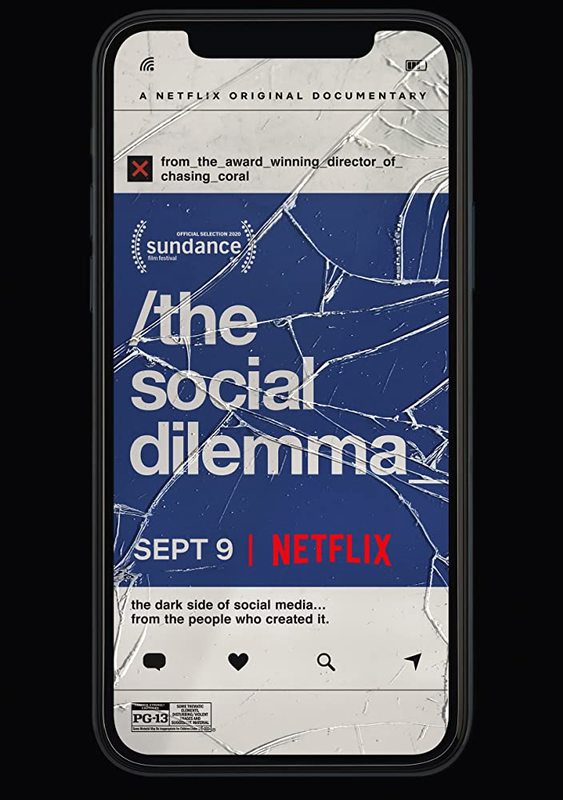
Media Mindfulness
What can I do as a result of seeing this film, you may ask? Be more informed yourself and help to educate others in media mindfulness. Ask questions. Media gatekeepers, no matter how enlightened they may seem to be, are representing only one point of view. No longer can we go to one news source but must gather information from multiple outlets to discover the truth of a situation or story. God made human beings to seek the truth, even in the midst of misinformation.
While The Social Dilemma is a noteworthy and informative piece of filmmaking, it is still an opinion of the producers and director and so presents the story as they want it to be told. With this too, we need to apply media literacy principles found in the Media Mindfulness methodology which helps us to go deeper in our reflection and examination of all our media by asking these questions:
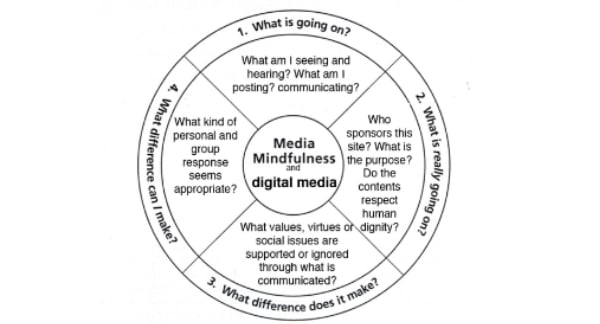
It is important to remember when watching the film that all media are gifts of God and God inspires human ingenuity to create new technologies for human advancement, but it is what we do with it that matters. We may not be able to change the digital culture that these tech companies created, but we can take some concrete steps to regulate our own media usage and development, as well as any children in our charge, for our own health and the common good. Then we will be responsible digital citizens and happier human beings.
Copyright 2020 Sr. Nancy Usselmann, FSP
Images courtesy of Netflix, except as listed below. All rights reserved. Used with permission.
Media literacy wheel courtesy of St. Mary's Press/Pauline Center for Media Studies. All rights reserved.
Originally published at bemediamindful.org
About the Author

Sister Nancy Usselmann, fsp
Sr. Nancy Usselmann, FSP is a Daughter of St Paul and the Director of the Pauline Center for Media Studies in Los Angeles, CA. She is a Media Literacy Education Specialist, theologian, international speaker, film reviewer, and blogger for BeMediaMindful.org. Her book A Sacred Look: Becoming Cultural Mystics is a theology of popular culture published by Wipf & Stock Publishing.


.png?width=1806&height=731&name=CatholicMom_hcfm_logo1_pos_871c_2728c%20(002).png)
Comments